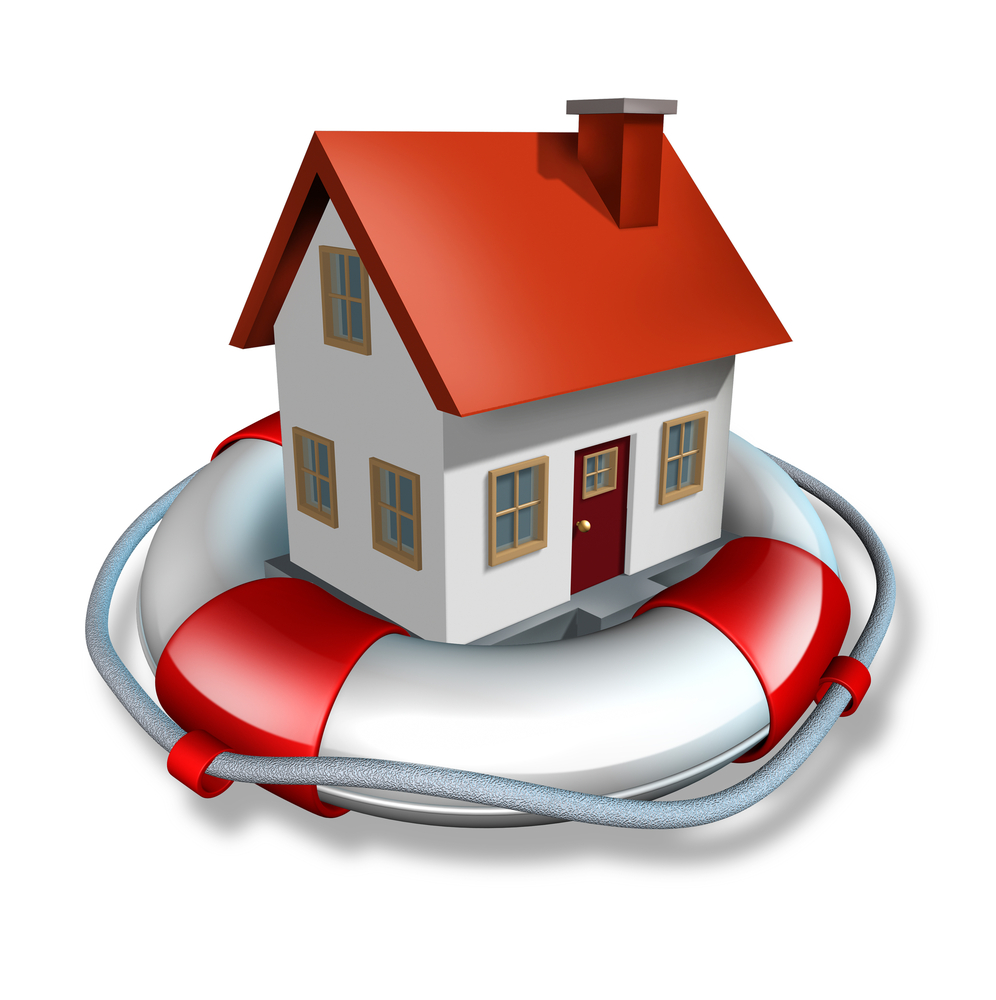Most people consider homeownership to be a real “rite of passage” into the adult world, and not without reason. Although the search for and purchasing of the perfect new home can be exhilarating, owning your home comes with a whole new slew of responsibilities and considerations. New home owners may feel like they’re drowning in a sea of seemingly useless paperwork as they creep slowly toward closing on their dream home. All of this paperwork has a purpose, however, and one of the most important steps in closing on a home is choosing a home insurance provider and adequate coverage. Home insurance coverage options and terminology may be new territory for fledgling home owners, but it’s not as complicated as one might think. Consider the following common coverages: many insurance companies will package them all together based off the home’s value, but it’s good to know what they mean regardless.
Dwelling coverage is for your actual home and separate structures, such as a detached garage. Premium is determined from a number of different factors, from the very obvious (appraised home value, roof age, construction materials, foundation type) to the slightly more obscure (trampoline in the backyard, Laundry room location); this type of coverage is what most people think of when they think “home insurance”. If your house is destroyed by fire, this is what will be used to rebuild it. It’s important to clarify with your agent what perils are covered: usually, policies that protect against flood damage must be purchased separately, and if you live in certain regions (usually coastal) you may be asked to exclude coverage from wind/hail perils, so make sure you really are being covered for everything you need.
Personal property coverage includes anything you’d take with you if you were to move (furniture, electronics, clothes, etc.) and often comes as a fixed percentage of your home’s value, meaning if your home was valued at $200,000 and the fixed percentage was 10%, you’d have up to $20,000 for replacement of your personal possessions in a total loss situation. Check with your agent to make sure you’ve got enough coverage for your possessions– you can usually raise the amount for additional premium. If you have one or two items of extraordinary value, you may also consider scheduling personal property (also known as adding a floater). This is often used for valuable jewelry, furs, paintings, or antique guns.
Liability helps when accidents result in personal or property damage to someone else on your property and you are legally obligated to pay for the damage. This does include the actions of pets, and dog bites/attacks are one of the most common liability claims. Accidents may seem unavoidable, but you can do your best as a homeowner to prevent them by keeping pets secured and your lawn/sidewalk obstacle free by putting toys & garden tools away.
This is just a basic overview of the three main coverages for a home policy: every insurance company does things differently, and may have different rules/fine print, so we cannot stress enough the importance of good communication with your agent. It’s their job to know the ins and outs of the business, not yours, so as long as you have a basic knowledge of what you need and the value of your home/possessions, an agent will do the rest!



